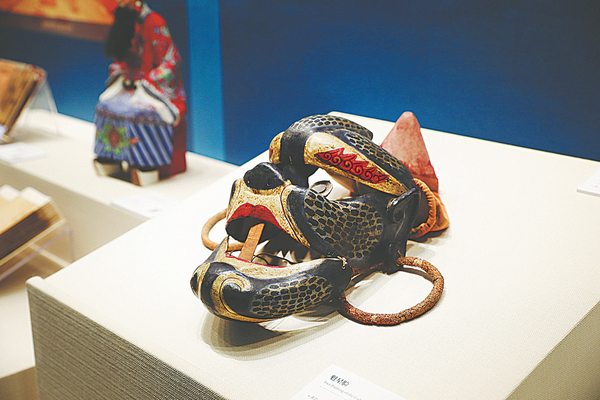

The two museums share a six-story building along the northern extension of Beijing's "central axis", which connects several scenic spots in the capital's historic area. The building is an addition to the lineup of modern landmark architecture in the city's Olympic Park area, including the National Stadium ("Bird's Nest") to the south and China Science and Technology Museum to the north. It rises on the east bank of an artificial river, and is described by its builders as an enlarged version of classical duobaoge-display cabinet for treasures-housing precious items of the country's representative arts and crafts, and the cultural traditions embedded in them.
Han Ziyong, head of the Chinese National Academy of Arts who directs the two museums, says that since the birth of Chinese civilization, a variety of traditional handicrafts, as an integral part of the country's folklore and ethnic cultures, have boomed to sparkle with creativity and enduring charm, and the establishment of the two museums continues to position arts and crafts as important in the country's development in the new era.
"Some 80 percent of the 1,300-odd objects on display at the eight opening exhibitions are shown for the first time, primarily from an assembly by the Chinese National Academy of Arts over the past seven decades, and grounded in the academy's extensive field research," Han says.